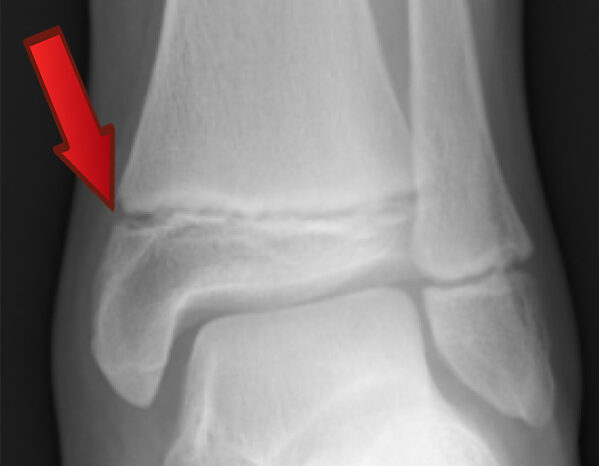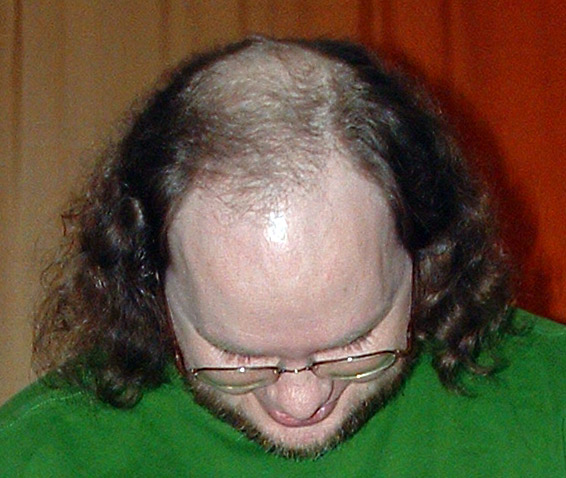Have you ever wondered if you can natrually grow in height at your age? In this post we will discuss how growth plates in your body work and how you can determine if they are closed.
What are growth plates?
A Growth „Plate“ ist actually cartilage tissue that‘s near the end of your long bones (= bones that are longer than they are wide). Think of your lower legs, your forearm and all the bones in your hand and feet. You can remember their exact location like this: Imagine a flat, cylindrical shaped piece of bone, where the outside is made out of hard bone tissue and the inside is soft cartillage. Now insert this piece of bone at the following location:

Now if these things kept producing cells indefinetly, you’d just grow infinitely, which would obviously be bad for you (allthough pretty funny). That’s why the bone ossifies and the growth plates fuse at a certain time. But when exactly is that?
When do growth plates fuse?
Truth is: It depends from person to person. The only way to really tell is by getting an MRI of all the bones with growth plates, which obviously is tedious work. You can’t just check one bone, because not all bones are closed at the same time. If you are a minor, this is even more frustrating, since you might have to ask your parents to either make up a medical reason for the scan or for them to go to a private clinic.
If you were to scan a bone to determine if plate fusion has begun though, it should be the calcaneus (located in the foot), because it fuses early. In a study published 20211, this bone was completely fused in 98% of 19-year-old-males.
But let’s say you’re interested in the bones that actually matter for height, such as the distal tibia. This bone was fused in 97% of the 19-year-old-males, which really is a tiny difference compared to the calcaneus.
What we can deduct from this study is the following: Virtually all males have their plates closed by 19. In my personal opinion, taking growth inducing medication is therefore not worth the risks if you are at or close to 19.
I’d tell you more about growth plate fusion, but the research is too limited at this point to do a complete statistical analysis. Getting scans of your distal tibia might be your best move to determine if a) general plate fusion has begun and b) if it’s already over (for your growth).
Luckily, there are still other things you can do to improve height.
Is it over for you?
Not at all. I myself „grew“ a few centimeters after 19 by improving my posture through stretching and exercise. I’ll be honest with you: It has only made a 2-3cm difference as of now, but it was defintely measurable.
I want you to feel your spine at the base of your neck. Do you have what’s called a dowagers hump? Then you have a good chance for a nice boost in neck length.
Another very painful, expensive, and risky method to increase your height is leg lengthening surgery. The height gain can be tremendous though.
I will link articles to all the other ways you can increase your height here after I have written them.
Footnotes:
- https://www.ncbi.nlm.nih.gov/pmc/articles/PMC7983983/ ↩︎










Leave a Reply